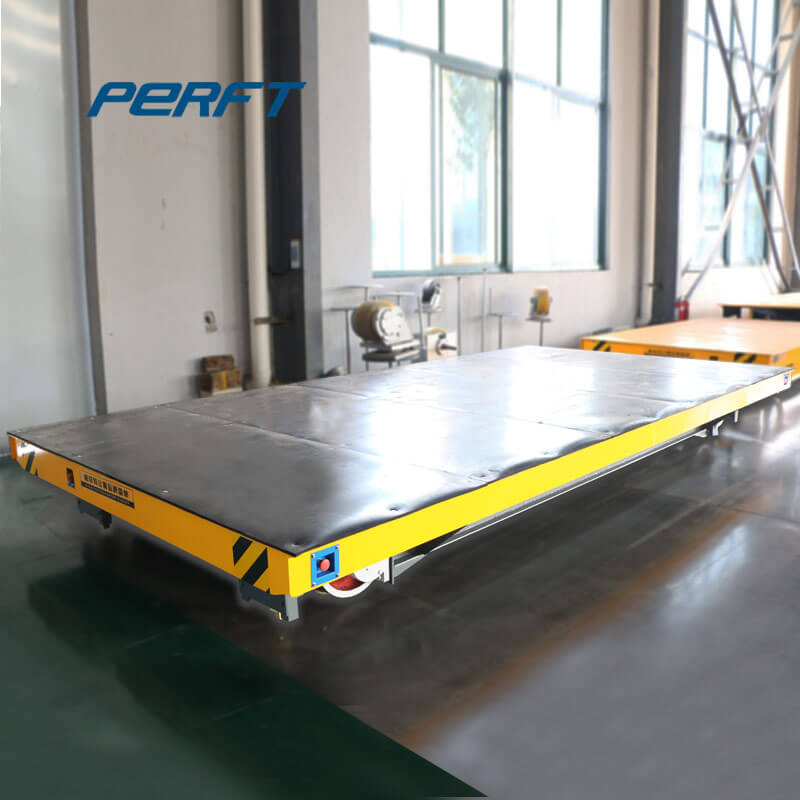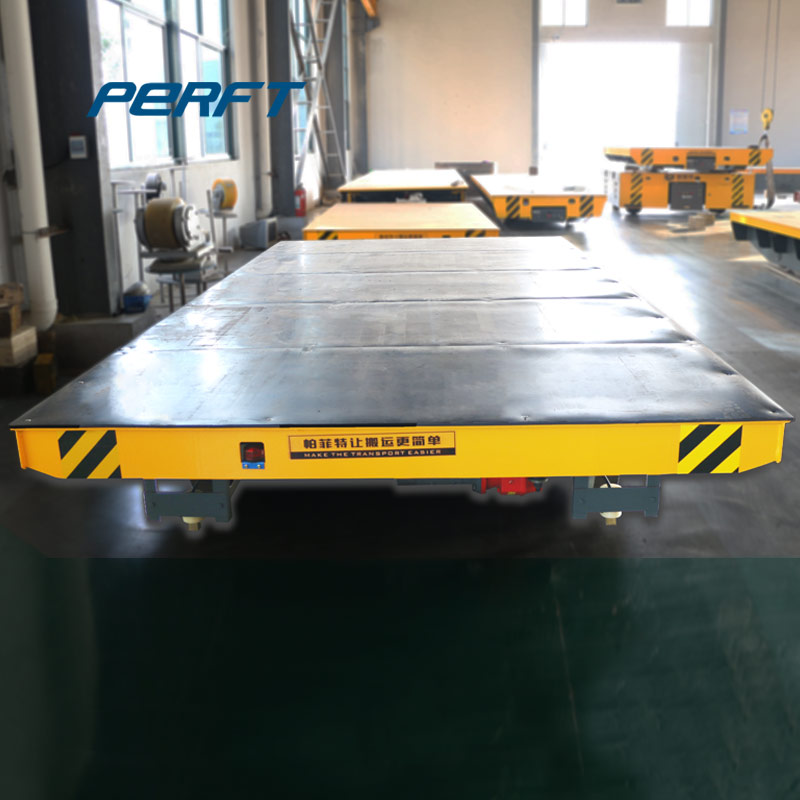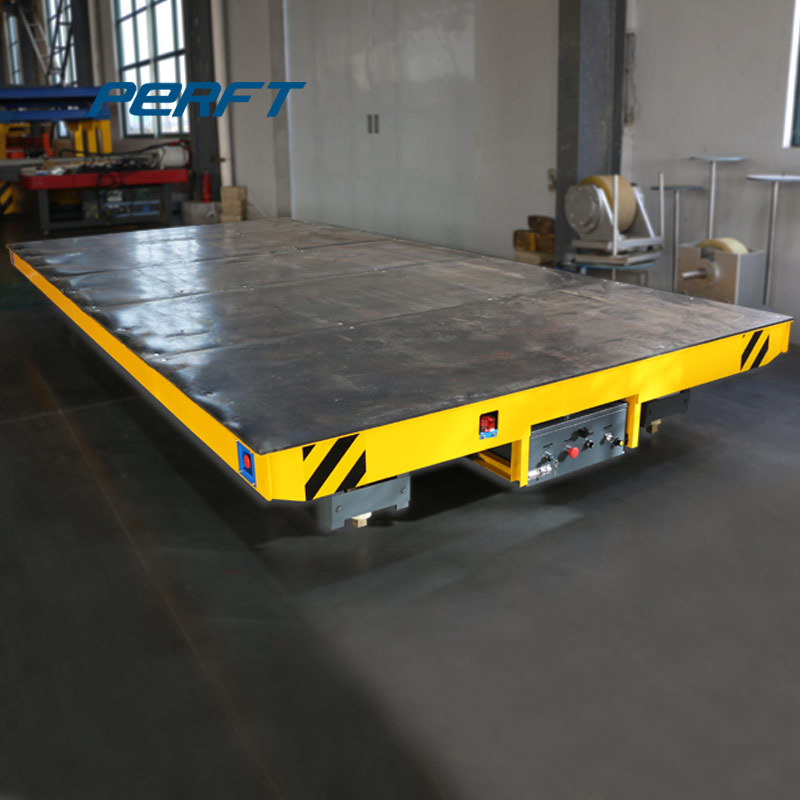


.jpg)
.jpg)
.jpg)
.jpg)
.jpg)
.jpg)
.jpg)
.jpg)
.jpg)
.jpg)
.jpg)
.jpg)
.jpg)
.jpg)
.jpg)
.jpg)
.jpg)
.jpg)
.jpg)
.jpg)
.jpg)
.jpg)
.jpg)
.jpg)
.jpg)
.jpg)
.jpg)
.jpg)
.jpg)
.jpg)
.jpg)
.jpg)
.jpg)
.jpg)
.jpg)
.jpg)
.jpg)
.jpg)
.jpg)
.jpg)
.jpg)
.jpg)
.jpg)
.jpg)
.jpg)
.jpg)
.jpg)
.jpg)
.jpg)
.jpg)
.jpg)
.jpg)
.jpg)
.jpg)
.jpg)
.jpg)
.jpg)
.jpg)
.jpg)
.jpg)
.jpg)
.jpg)
.jpg)
.jpg)
.jpg)
.jpg)
.jpg)
.jpg)
.jpg)
.jpg)
.jpg)
.jpg)
.jpg)
.jpg)
.jpg)
.jpg)
.jpg)
.jpg)
.jpg)
.jpg)
.jpg)
.jpg)
.jpg)
.jpg)
.jpg)
.jpg)
.jpg)
.jpg)
.jpg)
.jpg)
.jpg)
.jpg)
.jpg)
.jpg)
.jpg)
.jpg)
.jpg)
.jpg)
.jpg)
.jpg)
Sliding or plug, single or double doors. Designed multiple ways for a variety of loading options. Underframe. Available in rigid or cushioned design to protect the load. Outside Length of Car. Range from 55 to 60 feet. Cubic Capacity. Range from 4,950 to 7,300 cubic feet. Gross Weight on Rail.
Bi-level and tri-level rail cars are designed to transport pick-up trucks, minivans and sports utility vehicles. Each rail car has a maximum load capacity of 10 to 15 vehicles. Products likePerfectr tractors, motor homes and military vehicles move on uni-level flat cars. Inside length: 89', 4". Inside width: 8', 7".
• The nominal capacity of a typical, 4-axle railcar today is 110 tons (formerly was 100 ton) • Maximum Gross Rail Load (GRL) of a 110 ton, 4-axle railcar is 286,000 lbs. (weight of car + contents or “lading”) • Nominal capacity = 220,000 lbs. or 110 tons of lading • Often referred to as a “110 ton” car or a “286K” car
6. Relation to the personnel transport system. 3.1. Track System/Rail-mounted Systems Track or rail-mounted systems can provide fast transport of all materials and equipment over relatively long distances. The speed and effi ciency of the rail transport depends upon
Parallelogram with positive dampening prevents wheels shimmy during operation and reduces tire wear; Compact package design measure 620mm from the front of the hanger to the center of the axle; Low profile hangers that extend 50mm outside of the frame rail; Unitized to reduce installation time and cost
52'-6" 70 Ton Drop-End Gondola Premium Instructions. Regular price. $4000. $40.00. AAR 53' 70 Ton Flat Car Premium Instructions. Regular price. $4000. $40.00. ACF 70-Ton 1958 Cu. Ft. Covered Hopper Premium Instructions.
(10-12) Four Container Position 177 ton ABC Intermodal Flat Cars Available for Full Service Lease Railroad Rail (4) Rail Car Movers (12) Rail Car Parts (1)
115RE Rail. 115RE rail has a standard profile according to AREMA. Its nominal weight is 56.9kg/m. As a type of heavy rail, it is mainly used for mining tracks since its high strength. 115RE rail is heat-treated to control the hardness and strength of the steel. 115RE rail has better performances in hardness, strength, wear-resistance, and corrosion resistance than many other railroad tracks.
6 Composition of U.S. freight rail car fleet as of January 1, 2005–10.. 28 7 Passenger car rail fleet, excluding Amtrak, 2004–08..... 29 8 U.S. Class I railroads: Operating revenues, locomotive and freight cars in service year
vehicle's yaw motion by applying brake pressure to one or more of the wheels as needed. The engine torque may be reduced also, if it is necessary to slow down the vehicle. Engine 6.6LV8 — RPO L8T Overview 5318268 5319758 Typical views of the 2020 6.6LV8 gasoline engine This new, more powerful engine is being produced by
For 2 1/2-ton trucks or smaller, a second 2 x 4 is nailed on top of the first, thereby making a 4 x 4. If the vehicle is five tons orPerfectr, a third 2 x 4 is nailed to the second, thereby
1886 saw the introduction of four-plank wagons which were rated to carry 10 tons but a few longer ones (18 feet (5.5 m) instead of the usual 16 feet (4.9 m)) were rated at 12 tons. Five-plank wagons were standard construction from 1902 but from just two years later all new open wagons were built with seven planks.
This attribute makes rail one of the primary players in the intermodal transportation. Within the confines of the railway system, the rail vehicle is not influenced by traffic, points of diversion, and switch offs between modes. This makes the rail the most dependable mode for making long hauls across land with minimal damage.
With load capacities that range from 5 Ton to 300 Ton, our Industrial Transfer Cars are equipped with single and double flange steel wheels, in 12" to 30" diameters. Our wheels are machined to "press-fit" tolerances mounted on either stub or thru axles. Each axle assembly is mounted to the frame of the vehicle using pillow block or "AP" bearing
The Single End Heater will heat the head of the rail to 700°-800°F in approximately 3 minutes and to 1100°-1200°F in approximately 6 minutes. Fuel consumption for the Teleweld heaters is approximately 4 pounds of LPG per hour burner at full heat.